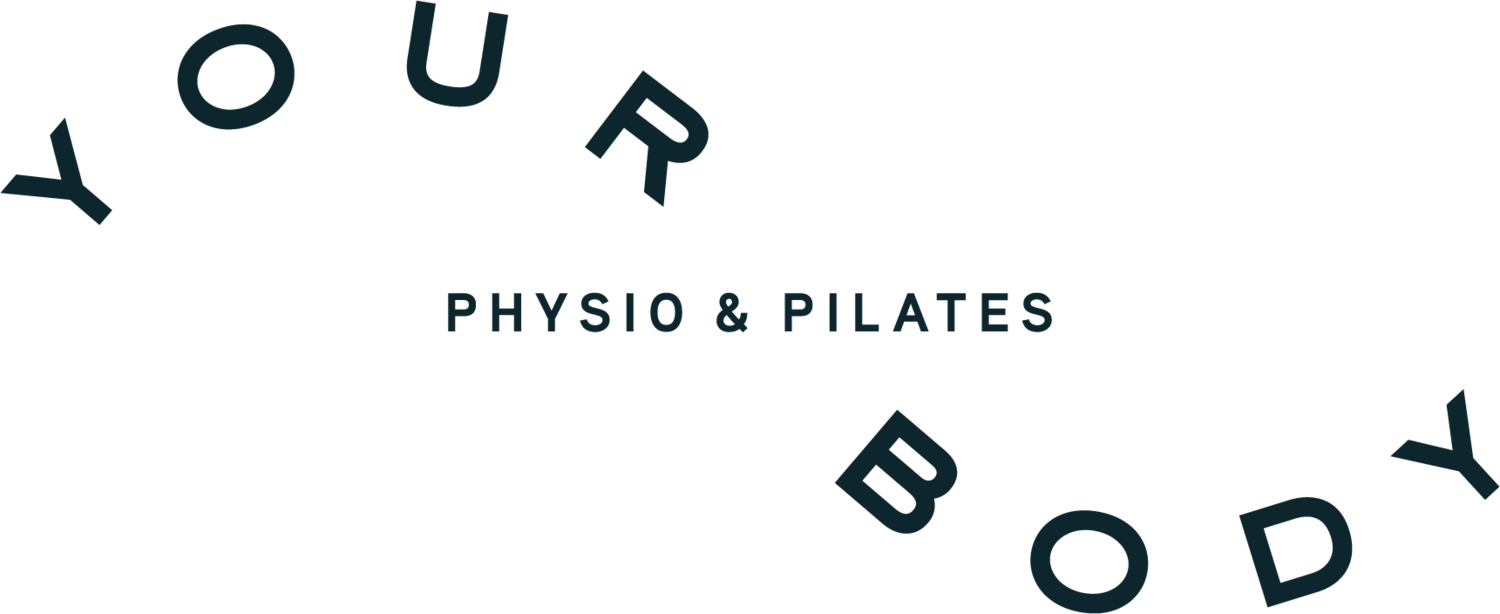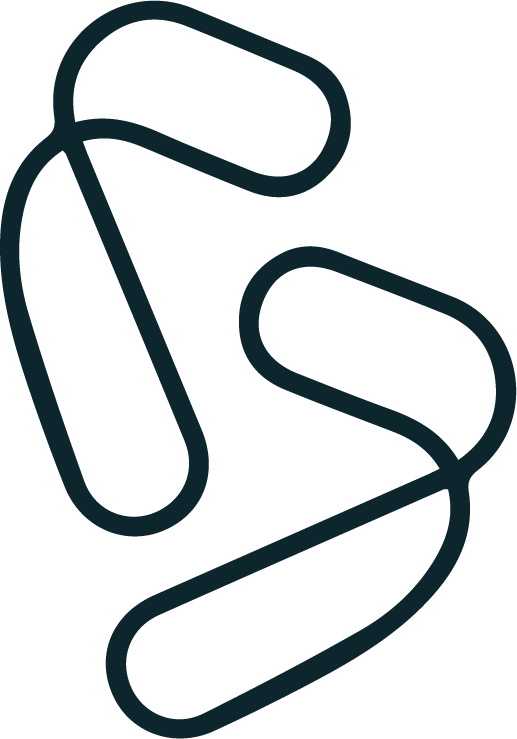Physio for Children and Teenagers
While they may act like independent young adults sometimes, children and teens are a little different to us ‘grown-ups’ and that can mean taking a different approach during their physio session.
If possible, we always invite parents or guardians to attend their session as they may have questions or be able to give some details of the child or teen’s injury and background they may not be aware of themselves.
Kids and teens often have increased joint mobility. This is pretty normal. As they go through growth spurts, their skeletal system elongates and the stabilising structures in their bodies – their muscles and ligaments – often take time to catch up to their new body size and position.
This can lead to some stability issues and result in common injuries such as ankle sprains, shoulder strains and fall-related injuries (read more about sprains and strains HERE). Their centre of gravity has to adjust after each growth spurt and their nervous system and proprioception centers take some time to make this adjustment. Just think of how off-balance you’d feel if you suddenly shot up an extra 6 inches in height!
For this reason, postural support can be pretty weak. Our spine has lots of ligaments connecting all of our vertebrae and long muscles surrounding them to provide stability. Muscles and ligaments that previously had to support a much smaller area have been stretched out and now have to stabilize over a longer lever arm. Muscle bulk in teenagers and children is significantly smaller than adults. Their soft tissue has to fight much harder to provide support to their bodies.
Teenagers’ growth plates continue to lengthen bones until they reach their age of skeletal maturity. This is usually between the ages of 14-to-15 for girls and 16-to-17 for boys. The growth plate is the weakest part of a child’s or teenager’s skeletal system. This makes growth plate injuries more common as they grow in size before the growth plates have closed. Common growth plate injuries include fractures, Osgood-Schlatter disease (OSD) and Sever’s disease.
Overuse injuries are also common. Many teens are playing and competing in multiple team and school sports as well as running around on weekends, cycling, skateboarding, surfing or SUP boarding with friends.
Of course, we don’t want to stifle this activeness; it’s healthy and normal, but it can lead to overuse injuries such as shin splints and tendinopathy (also referred to as tendinosis). Overactivity can also lead to burn, exhaustion and fatigue.
Sometimes the best treatment can truly be rest but it is often the most difficult for physios, doctors and parents to get compliance! Try and help teens understand the impact overactivity can have on their bodies and if possible, get support from the family, school and coaches to aid their treatment.
Hormonal changes can have a major impact. It’s no secret that hormones change throughout your teenage years but what’s not often discussed is the real physical toll this can take.
Mood, weight control, bone density and ligament laxity can all be affected by hormonal changes. Fatigue can also be common in teenage years due to this and the increasing workload involved with school and studying.
Try and talk to your children and teens to see how they’re feeling and how they’re managing in their school, sport and home lives. This open dialogue can help your physio establish their treatment goals and work out a suitable rehab schedule to get them back to the activities they love sooner.

